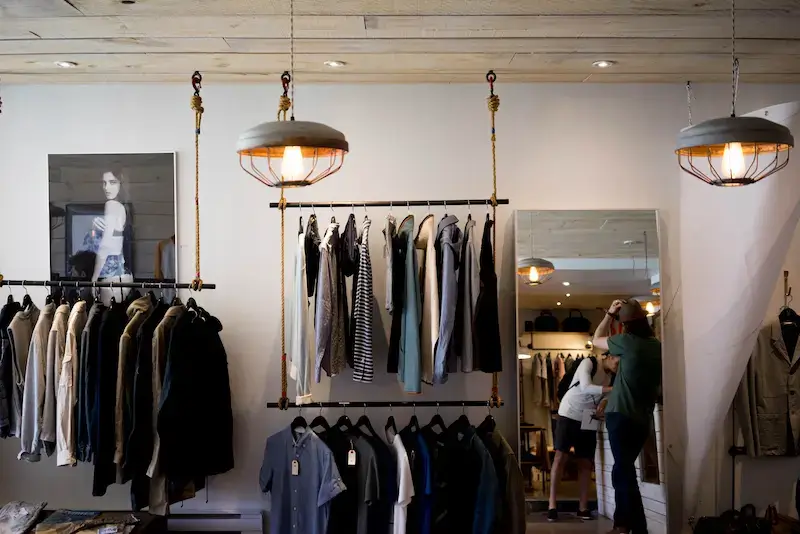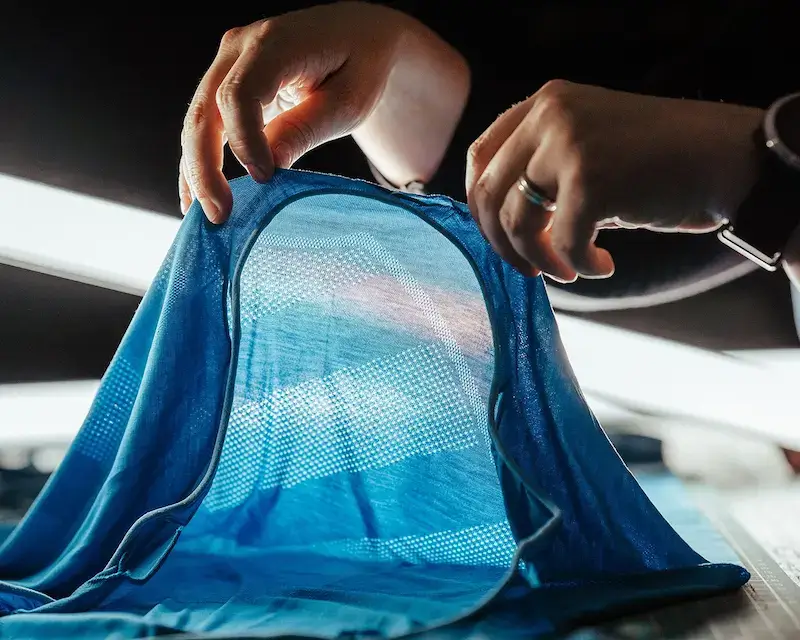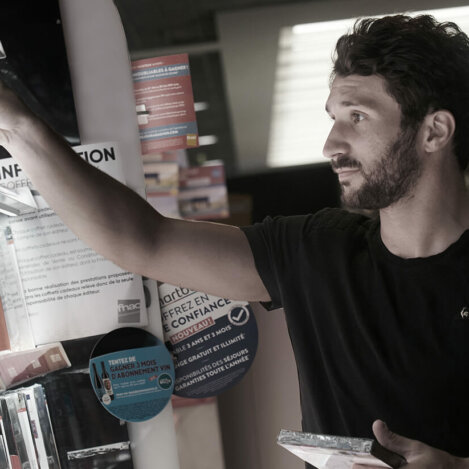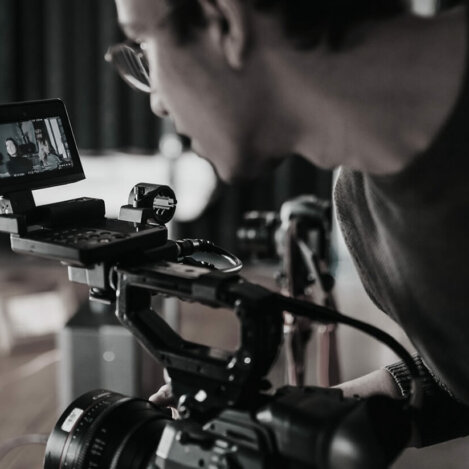Improving visibility and readability
Together, we establish and ensure compliance with your products’ presentation standards, while supporting and training front-line staff, window dressers, and sales staff in presenting products.
We combine aesthetics with sales effectiveness to promote your sales.

A turnkey solution to promote your brand
Benefit from the expertise of front-line staff who are perfectly trained in merchandising and who can intervene on a one-off or permanent basis at your points of sale.
Two visual merchandising strategies to respond to your needs:
- Permanent teams: trained experts to ensure the reorganisation of space in line with your layout rules.
- Commando teams: experts to reinforce your teams or help update your product layouts.

The advantage of magnitude
Our teams manage the layout of your product ranges in line with your layout guidance and planogram. We promote your themes, control pricing, and train store staff on your merchandising rules.
1. What is visual merchandising?
Visual merchandising or the visual organisation of sales areas consists of presenting or displaying products in a certain way to make them visually more appealing and stimulate sales.
Although the aim of visual merchandising is first and foremost to present products in the best-selling way possible, it must also respect the brand’s visual identity.
Themed window displays, organising products by colour, positioning mannequins, lighting, and product pathways are just some examples of visual merchandising.
It is important to remember that visual merchandising is the process of planning displays in store to draw buyers’ attention.
2. Visual merchandising summed up in three steps
The first step is to find out information about the company, analyse the strengths and weaknesses of its sales spaces, and delve into or define its visual identity.
The second step is the most important: planning a visual strategy. Brand development includes its image. Its visibility must be increased in order to make an impact. This lays the foundations for a company’s retail strategy and its success.
The third and final step consists of choosing and implementing visual merchandising elements: lighting, colours, the use of space, furniture and shelving, in-store displays, and window displays. It is important to remain loyal to the identity of your brand and, above all, to anticipate the buying behaviour of your potential clients and human reflexes (psychology).
3. What are the main benefits of visual merchandising?
These aspects of visual merchandising can help a company develop in leaps and bounds.
Increasing sales
The rules of visual merchandising can help a store’s sales explode. If the right product is placed in the right place at the right time during the customer pathway: a sale is all but guaranteed. Visual merchandising is above all creative. It is a marketing tool which aims to draw a client’s attention and push them to buy. A visual merchandising strategy helps create the best store possible, bringing together all the optimal conditions for a purchase, regardless of the client.
A unique sales experience
Visual merchandising is intrinsically linked to performance. It reflects the brand universe and brings emotions into its representation. Both the outside and inside of a store sets a scene in which the client is both a viewer and an actor. The sales point is a scene which therefore needs work on visual and sensory elements including lighting, to make the client have an experience which is out of the ordinary, specific to the brand, and conducive to sales.
Building client loyalty
Clients become loyal if they are satisfied during and after a purchase. Building client loyalty is essential for the sustainability of a company. The longer the client has been buying from the company, the bigger their average basket will be, and turnover will increase. If they are offered an innovative, ergonomic and captivating sales experience, a client is more likely to return to the store.
4. What are good visual merchandising practices?
Regardless of the type of store and the products they sell, good visual merchandising must respect certain basic principles:
- Attract the client into the store with an appealing window display.
- Make the client feel comfortable through the ambiance of the space: colours, overall aesthetics, decorations, etc.
- Organise the point of sale to create a logical client pathway, so that their visit remains practical and smart (nothing should be overlooked!).
- Use materials and decorations which match the brand image and trigger emotions in the client.
- Strategically place products on displays for better visibility and promote products which are to be sold as a priority.
- Fine-tune the layout of checkouts: this space provides an overview of the entire store, gives an opportunity to advise the client, and to push them to impulse buy (small products).
5. Is visual merchandising really effective?
Visual merchandising is key in a company’s marketing strategy. It reflects the visual identity of a company at the point of sale, creates sales incentives, and increases sales. Visual merchandising creates an environment conducive to purchasing, particularly when it comes to impulse purchases.
Several studies have estimated that 70% of consumers make their purchasing decisions in-store. Impulsive purchases drastically increase a company’s revenue. The strategic positioning of a product and analysis of the client pathway at the point of sale (visual merchandising techniques) are, therefore, factors which drive and improve impulse buys and should not be overlooked.





